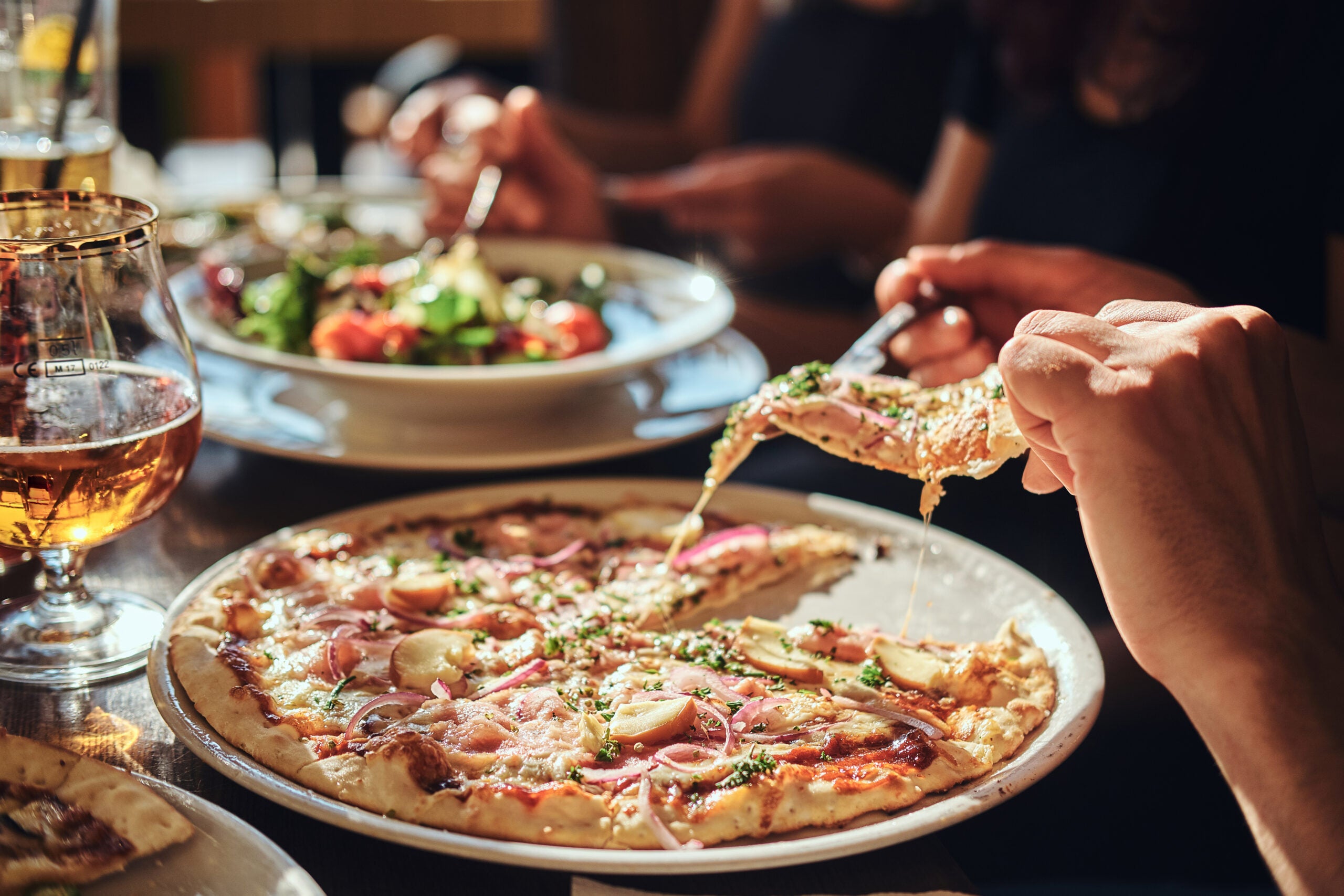
Running a successful restaurant is an intricate dance of exceptional cuisine, outstanding customer service, and spot-on management. It demands attention to detail, from the kitchen’s bustling heart to the dining room’s comforting embrace. Equally essential is how you engage with patrons beyond the dining table, keeping them connected and hungry for more. In this article, we explore key strategies that can help elevate a restaurant’s operations and patron satisfaction to new heights.
Utilizing Software Tools for Effective Email Marketing Campaigns

Email marketing remains one of the most effective ways to engage with customers in the digital age. It allows restaurants to nurture relationships by sharing news, promotions, and personalized offers directly with patrons. To simplify and optimize these efforts, selecting the right software for newsletter campaigns is essential.
Good email marketing software will offer customizable templates, analytics, and segmentation features that enable restaurants to tailor their communications to different customer profiles. This personalization can significantly increase open rates and encourage more meaningful interactions with your brand. Moreover, tracking the performance of each campaign provides valuable insights that can be used to refine future efforts.
Incorporating a sign-up option for newsletters on your website and encouraging sign-ups in the restaurant itself can help grow your email list. It can be as simple as offering a discount on a future visit when customers provide their email address or inviting them to join exclusive tastings or events through sign-up.
Selecting the Right Commercial Kitchen Equipment for Efficiency
Selecting appropriate commercial kitchen equipment is pivotal for restaurant efficiency and can significantly influence your culinary team’s productivity. High-quality, reliable equipment ensures dishes are prepared at the right speed and quality, which in turn boosts customer satisfaction. Moreover, energy-efficient equipment can substantially decrease utility costs over time while contributing to sustainability goals.
Assessing the specific needs of your restaurant is the first step in choosing the right equipment. For instance, space optimization is critical in a commercial kitchen. Every square inch should be used effectively, allowing for smooth operations. Equipment that serves multiple purposes or is designed for smaller spaces can be particularly beneficial for eateries with limited square footage.
When considering kitchen equipment, durability and ease of maintenance should be evaluated. Professional-grade stoves, ovens, refrigeration units, and pizza prep tables for sale are investments in your restaurant’s future. Selecting high-quality items that can withstand heavy usage and are easy to clean will minimize downtime and keep your kitchen running smoothly.
Crafting a Memorable Dining Experience Through Restaurant Ambiance
The dining experience extends far beyond the plate; it encompasses the entire atmosphere of the restaurant. A well-conceived ambiance can set the mood, encouraging diners to unwind and engage with their surroundings. This includes mindful decor, lighting, and music that speaks to the restaurant’s theme and essence.
In creating the ambiance, consider the sensory experiences of your guests. Lighting choices, for example, can drastically impact the dining experience. Warmer tones can foster a cozy and intimate feeling, while bright lights can evoke an energetic, bustling cafe atmosphere. Acoustic planning is also critical to ensure that chatter and clatter do not become overwhelming.
The layout of the dining area is equally crucial. It should allow for comfortable movement for both guests and staff while maintaining an inviting atmosphere. This may involve strategic placement of seating to maximize space without overcrowding and designing a floor plan that enhances the overall flow of the restaurant.
Harnessing Social Media and Online Reviews for Brand-Building

Social media platforms and online reviews have become integral to shaping a restaurant’s reputation. They offer unparalleled opportunities for brand building and customer engagement. A dynamic social media strategy can tell your restaurant’s story, showcase your menu, and give a behind-the-scenes look at what makes your place unique.
Consistency in posting and engagement is key to sustaining and growing a following. Content should resonate with your audience and inspire them to share their experiences, effectively turning customers into brand ambassadors. Monitoring and responding to online reviews is also a part of managing your restaurant’s online presence, showing that you value customer feedback and are committed to excellence.
Investing in quality visuals for social media can go a long way. Eye-catching photos and videos of your dishes, staff in action, and happy customers can convey the essence of your brand. It’s also beneficial to leverage social media trends and interactive features like polls, live videos, or Q&A sessions to increase engagement.
Altogether, the collective impact of smart equipment choices, a well-crafted ambiance, efficient inventory management, strategic email marketing, and a robust online presence can significantly enhance a restaurant’s success.
1216 Views












